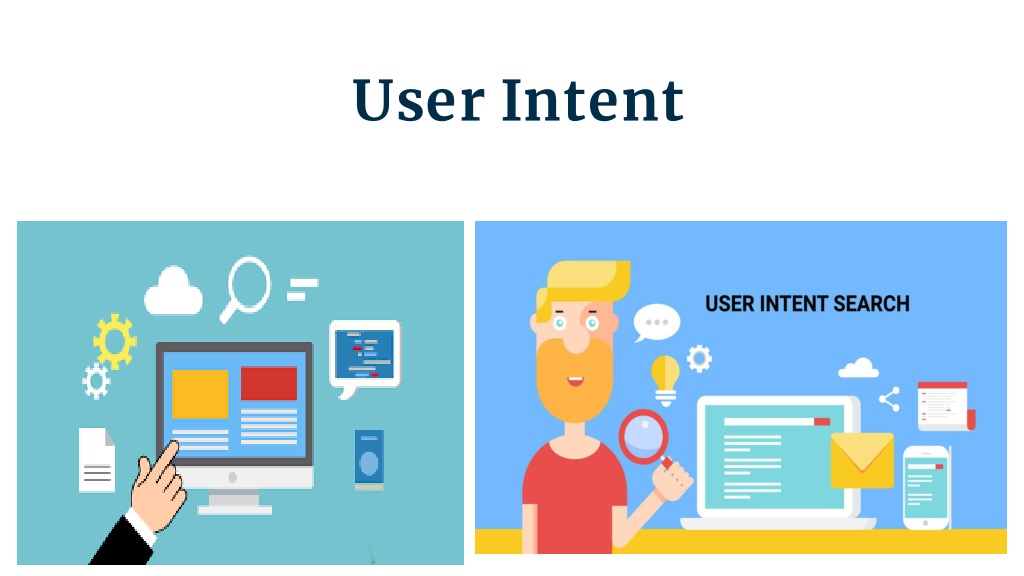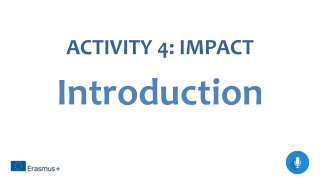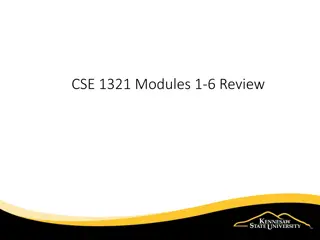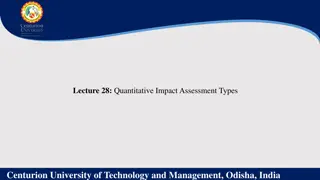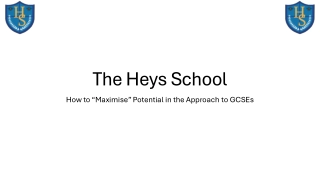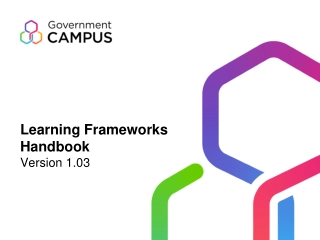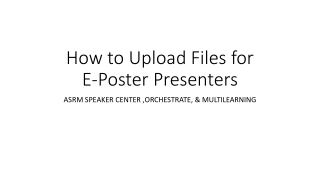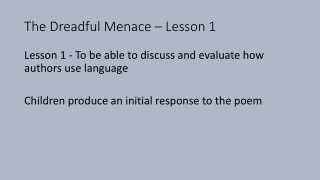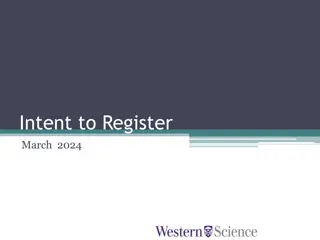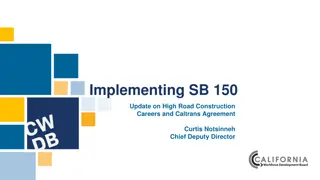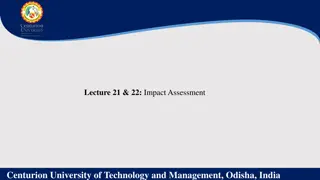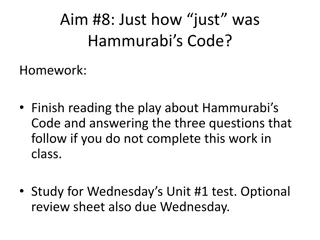"Maximizing Impact: The Role of Rich Snippets in SERPs"User Intent
User intent, also known as search intent, refers to the underlying goal or purpose a user has when performing an online search. It goes beyond the literal interpretation of keywords and focuses on understanding why a person is searching. Recognizing and catering to user intent is crucial for creating content and digital experiences that align with users' needs, resulting in more relevant search results, improved user satisfaction, and successful digital marketing strategies. User intent is often categorized into informational, navigational, and transactional types, each requiring tailored appr
Download Presentation
Please find below an Image/Link to download the presentation.
The content on the website is provided AS IS for your information and personal use only. It may not be sold, licensed, or shared on other websites without obtaining consent from the author. Download presentation by click this link. If you encounter any issues during the download, it is possible that the publisher has removed the file from their server.
Presentation Transcript
What is use intent User intent, also known as search intent, is a critical concept in the field of search engine optimization (SEO) and digital marketing. Understanding user intent involves grasping the underlying motivation behind a user's online search. By aligning content with user intent, businesses and website owners can provide more relevant and satisfying experiences for their audience.
Defining User Intent: User's Goal: User intent refers to the purpose or goal a person has when entering a search query. It goes beyond the literal interpretation of keywords and focuses on the underlying reason for the search.
Types of User Intent: Informational Intent: Users seek information or answers to specific questions. Example: "How does photosynthesis work?" Navigational Intent: Users want to reach a particular website or webpage. Example: "Facebook login." Transactional Intent: Users aim to complete a transaction, such as making a purchase or downloading a file. Example: "Buy iPhone online."
Understanding Search Queries: Long-Tail Keywords: Long-tail keywords often reveal specific user intent. For example, "best budget-friendly DSLR cameras" indicates an intent to research and potentially make a purchase.
. Aligning Content with Intent: Content Relevance: Tailor content to match the user's intent. If the intent is informational, provide detailed and informative content. For transactional intent, ensure a clear path to conversion.
User Intent Signals: Behavioral Signals: Analyze user behavior on the website to understand intent. High bounce rates may indicate a mismatch between content and intent. SERP Features: Examine the search engine results page for features like featured snippets, knowledge panels, or local packs, which can provide insights into user intent.
Tools for Analyzing User Intent: Google Analytics: Analyze user behavior on your website. Keyword Research Tools: Identify keywords associated with different types of intent. User Surveys and Feedback: Directly ask users about their goals and expectations.
conclusion In conclusion, understanding and addressing user intent is a pivotal aspect of creating successful online experiences, driving effective digital marketing strategies, and optimizing search engine performance. Here are key takeaways:
